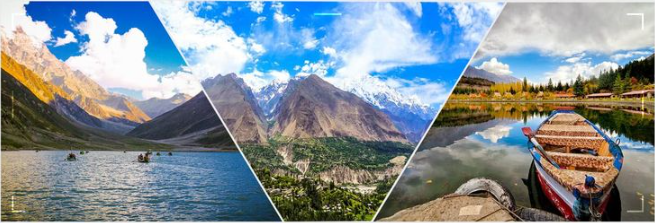Eco-Tourism in Pakistan: What It Means & Where to Go
Written by Rikhtiya — Discovering Secret Facts
- Eco-Tourism in Pakistan: What It Means & Where to Go
- What Is Eco-Tourism?
- Why Choose Eco-Tourism in Pakistan?
- Top Eco-Tourism Destinations in Pakistan
- 1. Hunza Valley – Nature’s Paradise
- 2. Fairy Meadows – The Gateway to Nanga Parbat
- 3. Deosai National Park – Land of Giants
- 4. Skardu – Gateway to the Karakoram
- 5. Hingol National Park – Coastal Wilderness
- How to Practice Responsible Eco-Tourism in Pakistan
- Government and Local Efforts in Eco-Tourism
- Challenges in Promoting Eco-Tourism in Pakistan
- Future of Eco-Tourism in Pakistan
- Final Thoughts
Introduction
Pakistan, a country of diverse landscapes and rich cultural heritage, is emerging as a remarkable destination for eco-tourism. From majestic mountains to lush valleys, eco-tourism in Pakistan is about connecting with nature while preserving the environment. In this article, we’ll explore what eco-tourism means in Pakistan and the best destinations to experience it.
What Is Eco-Tourism?
Eco-tourism focuses on responsible travel to natural areas that conserve the environment, support local communities, and educate visitors. In Pakistan, it means exploring breathtaking landscapes without leaving a negative impact, fostering sustainable tourism, and celebrating local cultures.
Why Choose Eco-Tourism in Pakistan?
Stunning Natural Beauty: Home to five of the world’s tallest peaks, glaciers, lush valleys, and pristine lakes.
Cultural Richness: Diverse traditions, languages, and hospitable communities add unique cultural depth.
Biodiversity Hotspots: National parks and wildlife reserves protect rare species, including the snow leopard and markhor.
Sustainable Travel: An opportunity to support local communities and promote conservation efforts.
Top Eco-Tourism Destinations in Pakistan
1. Hunza Valley – Nature’s Paradise
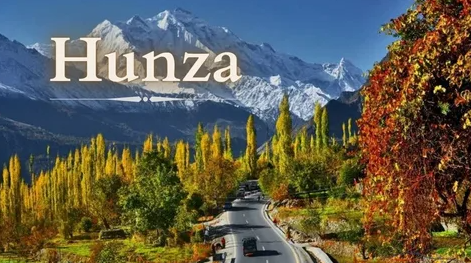
Why Visit: Surrounded by snow-capped peaks, crystal-clear rivers, and terraced fields, Hunza is a paradise for eco-conscious travelers.
Activities: Trekking, organic farming experiences, and cultural exchanges with local communities.
Eco-Tip: Stay in eco-lodges and support local handicrafts.
Best Time to Visit: April to October.
2. Fairy Meadows – The Gateway to Nanga Parbat
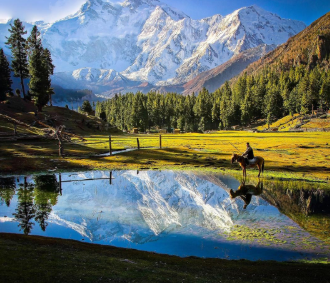
Why Visit: A lush green plateau with mesmerizing views of Nanga Parbat, the world’s ninth-highest mountain.
Activities: Camping, hiking, and stargazing.
Eco-Tip: Opt for biodegradable camping gear and respect local customs.
Best Time to Visit: June to September.
3. Deosai National Park – Land of Giants
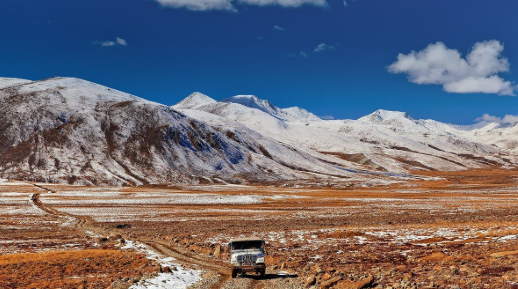
Why Visit: Known as the “Land of Giants,” it’s one of the highest plateaus in the world and a wildlife sanctuary.
Activities: Spotting Himalayan brown bears, birdwatching, and exploring wildflower meadows.
Eco-Tip: Follow designated trails to minimize environmental impact.
Best Time to Visit: July to September.
4. Skardu – Gateway to the Karakoram
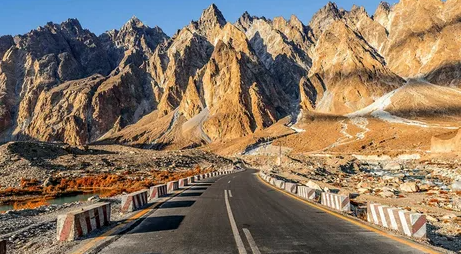
Why Visit: A hub for mountaineers and eco-tourists, offering access to some of the world’s highest peaks.
Activities: Trekking to K2 Base Camp, visiting Shigar Fort, and exploring serene lakes.
Eco-Tip: Reduce plastic usage and carry reusable water bottles.
Best Time to Visit: May to October.
5. Hingol National Park – Coastal Wilderness

Why Visit: Pakistan’s largest national park, home to unique rock formations and diverse marine life.
Activities: Exploring mud volcanoes, wildlife photography, and hiking through rugged landscapes.
Eco-Tip: Avoid disturbing wildlife and take all trash with you.
Best Time to Visit: November to March.
How to Practice Responsible Eco-Tourism in Pakistan
Respect Local Cultures: Learn local customs and traditions before visiting.
Support Sustainable Businesses: Choose eco-friendly accommodations and local tour guides.
Leave No Trace: Carry reusable items and properly dispose of waste.
Conserve Natural Resources: Be mindful of water and energy usage.
Educate Yourself and Others: Promote environmental awareness through social media and storytelling.
Government and Local Efforts in Eco-Tourism

Pakistan’s government has taken significant steps to promote eco-tourism by establishing national parks and encouraging sustainable practices. Local communities are also increasingly involved in preserving their cultural heritage and natural resources.
Challenges in Promoting Eco-Tourism in Pakistan
Lack of Infrastructure: Remote areas often lack sustainable accommodations.
Environmental Degradation: Unregulated tourism can harm fragile ecosystems.
Awareness Issues: Both tourists and locals need better education on environmental conservation.
Future of Eco-Tourism in Pakistan
With growing global awareness of climate change, eco-tourism in Pakistan is gaining momentum. Initiatives like the “10 Billion Tree Tsunami” reflect the country’s commitment to preserving its natural beauty. By choosing eco-friendly travel, tourists can support these efforts and help sustain the environment.
Final Thoughts
Eco-tourism in Pakistan is more than just exploring beautiful landscapes; it’s about making a positive impact while experiencing the country’s unique charm. From the towering peaks of the north to the rugged coastline in the south, Pakistan offers endless opportunities for responsible adventure.
If you’re planning a trip, make it sustainable—travel responsibly, support local communities, and leave nature as you found it. Let eco-tourism guide you to a more meaningful travel experience in Pakistan.

